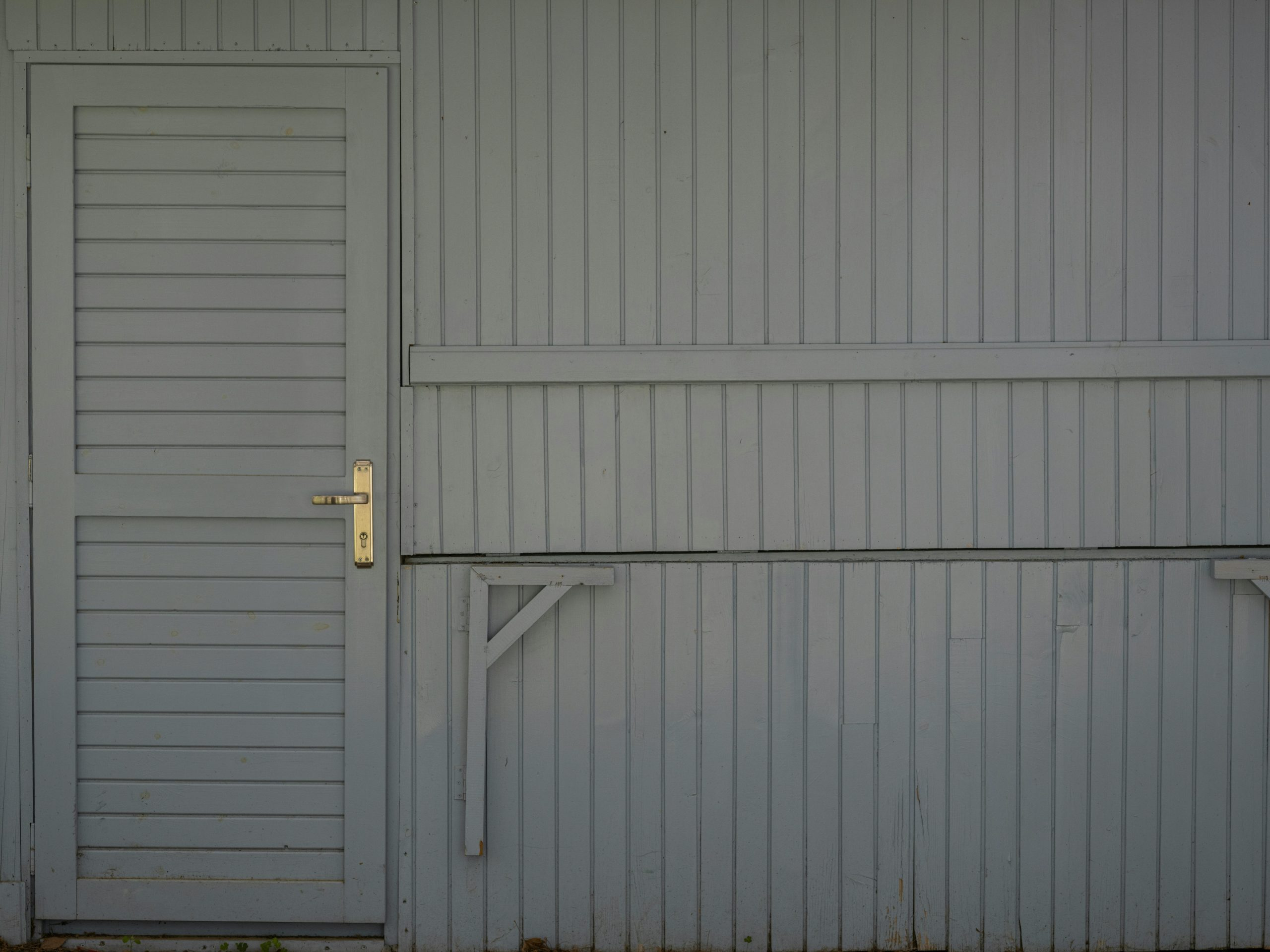The surprisingly simple secrets of building your first circuit board
Are you ready to unravel the mysteries of circuit board building? If you’re new to the world of electronics, it can seem like a daunting task. But fear not, because building your first circuit board is actually surprisingly simple. With the right steps and some insider knowledge, you’ll be able to create your very own functioning circuit board in no time. So let’s dive in and discover the surprisingly simple secrets of building your first circuit board.
Understanding the Basics
Before we get into the specifics of building a circuit board, it’s important to have a basic understanding of what it is and how it works. At its core, a circuit board is a flat, rigid board that connects various electronic components together. It serves as the foundation for any electronic device, allowing electricity to flow between components and make them work together.
One of the key concepts to understand is the difference between conductors and insulators. Conductors are materials that allow electricity to easily pass through them, while insulators prevent the flow of electricity. This is crucial in circuit board building, as conductors and insulators are used to create specific pathways for electricity to flow through.
Choosing Your Components
Now that you have a general understanding of circuit boards, it’s time to start choosing the components for your first build. The most important component is the circuit board itself, which can be purchased pre-made or custom-made to fit your specific needs. Next, you’ll need to choose your electronic components, such as resistors, capacitors, diodes, and transistors. These can be found at any electronics store or online.
It’s important to carefully research and select your components, as they all serve different functions and can greatly impact the performance of your circuit board. Pay attention to factors such as voltage, current, and resistance when choosing your components, and make sure they are all compatible with each other.
Designing Your Circuit
Once you have all of your components, it’s time to start designing your circuit. This can be done using design software, which allows you to visualize and plan your circuit before actually building it. This step is crucial, as it will help you identify any potential issues before you start soldering.
When designing your circuit, make sure to keep it organized and easy to follow. Use different colors for different conductors, and label all of your components to avoid confusion. This will make the building process much smoother and ensure that your circuit functions properly.
Building Your Circuit
Now comes the fun part – building your circuit board! Start by placing your components onto the circuit board, following the design you created. Once everything is in place, it’s time to solder. Soldering is the process of using a hot iron to fuse components and conductors together, creating a strong and permanent connection. This should be done carefully and precisely to avoid any mistakes.
After soldering, it’s important to test your circuit before assembling it into a final product. This will help you identify any potential issues and make necessary adjustments. Once your circuit is functioning properly, you can secure it into its final form, whether that be a gadget, a toy, or anything else you can imagine!
Final Tips and Tricks
As with any new hobby or skill, practice makes perfect when it comes to circuit board building. Don’t be discouraged if your first few attempts don’t turn out perfectly – keep trying and you’ll soon become an expert. Additionally, be sure to read up on safety precautions when working with electronics, and always double check your work before powering on your circuit.
In Conclusion
Building your first circuit board may seem intimidating, but with the right knowledge and some practice, it can be a surprisingly simple and fun process. Make sure to understand the basics, choose your components wisely, and carefully design and build your circuit. With these secrets in your arsenal, you’ll be well on your way to creating all sorts of exciting electronic projects.










